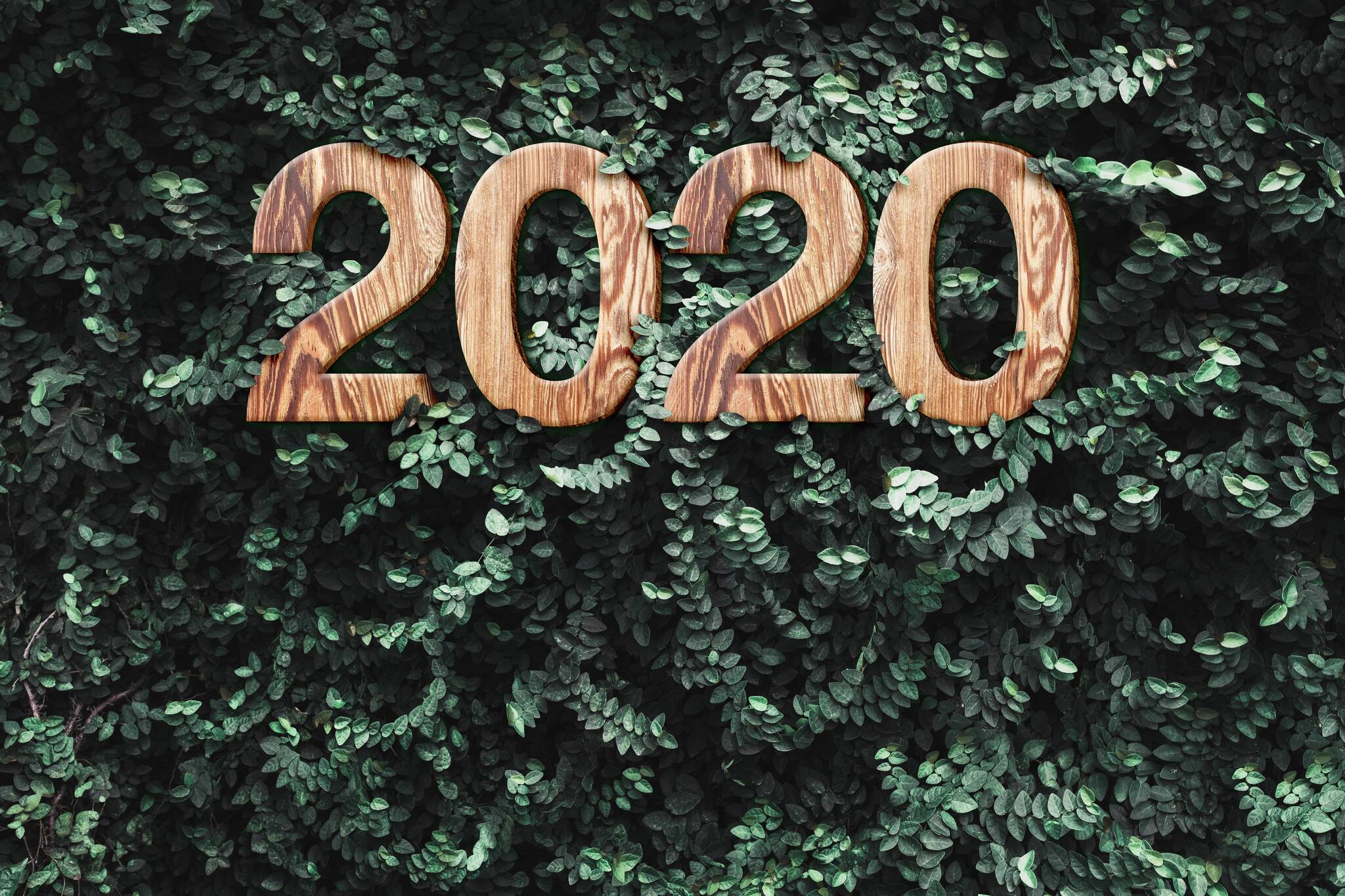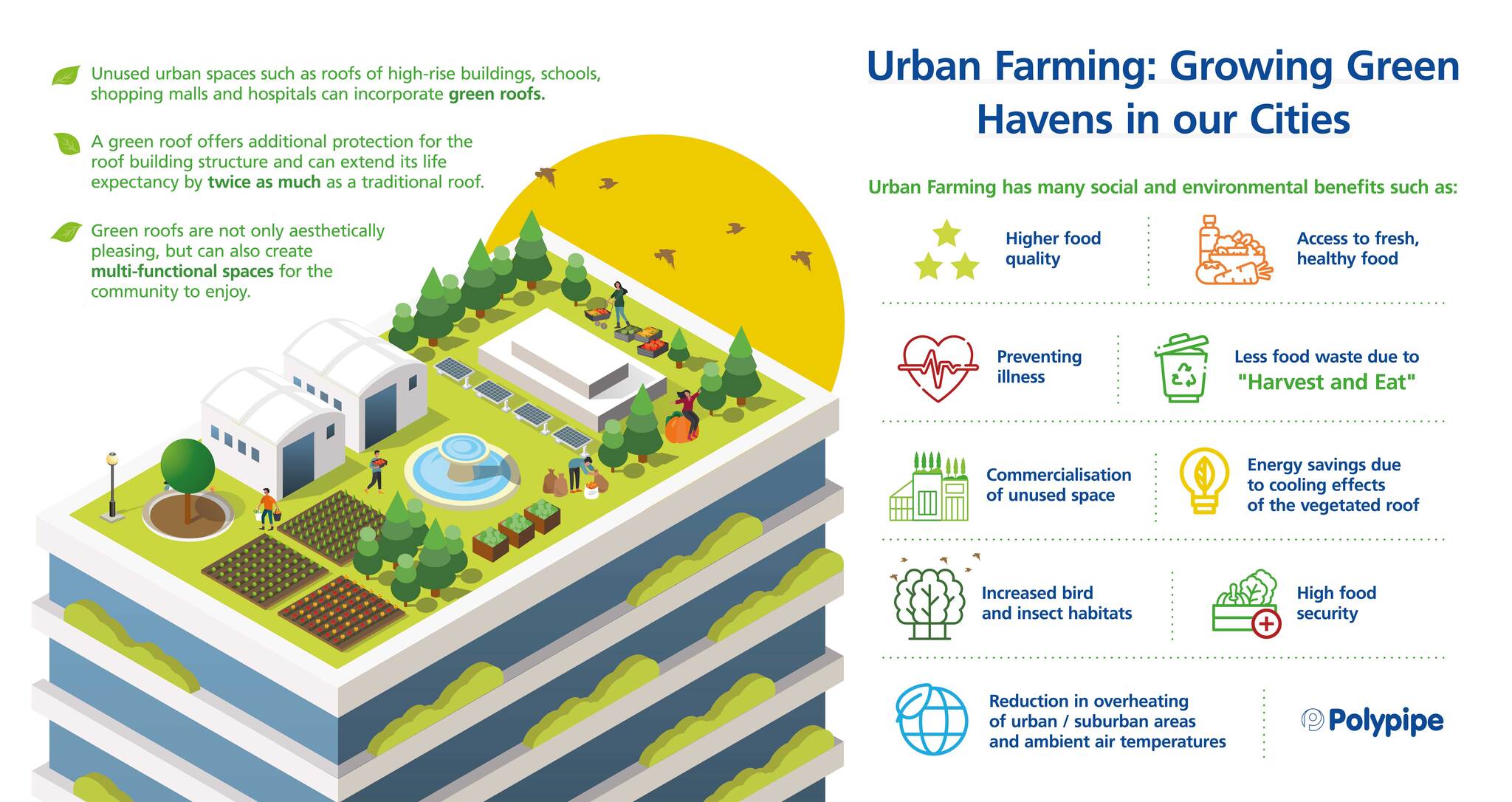Permavoid Shallow Geocellular Water Management System
Permavoid is our award-winning water management solution, designed to provide shallow water storage for attenuation, detention or so

As we enter a new decade and reflect, it’s evident that human beings have had an increasingly significant impact on the environment in the last 10,000 years. With the introduction of agriculture, we changed the land. With the onset of the industrial revolution, we altered the atmosphere. With an ever-growing global population, we have been experiencing extremely rapid rates of urbanisation, that have changed the way cities operate.
While the world’s population is doubling, the world’s urban population is tripling. Today, around 55% of the world’s population is thought to live in an urban area or city. In the Middle East alone the urban population is set to double by the end of this year.
To address the changing needs and diverse challenges provoked by the growth of our cities, it is integral we work even harder to explore solutions that help to preserve our environment and its people.
Here are three ways to go greener for cities in 2020:
Connection to the Natural World
The US Environmental Protection Agency (EPA) reports that we spend approximately 90% of our time indoors. With long working hours and an increasingly sedentary lifestyle, we’re spending more time indoors than ever before. This means that residents of cities are often missing out on many of the psychological and physiological benefits of exposure to nature.
This is where biophilia comes in. Biophilia can be described as humanity’s innate need to connect with nature.
As a species, we have distanced ourselves from our natural habitat. Working and living environments that are removed from nature can actually cause physical and mental stress.
To combat the negative effects of these unenriched environments, biophilic elements such as green walls, plants, natural woods and stone can be incorporated into spaces.
The core features of biophilic design include:
Integrating biophilic elements into working and living spaces can effectively create a positive human response as if exposed to the natural stimuli in real life.
Biophilic principles are being increasingly incorporated into the workplace. Many individuals spend the majority of their time at work; therefore, it makes sense to create enriched and empowered spaces that can actually improve business outcomes. Biophilic design can help to improve mood, productivity and employee engagement while reducing stress levels and employee non-attendance.
As wellness and sustainability practices become increasingly prominent, green building certification such as LEED are significant for the built environment. What’s interesting is that the standards and initiatives of these certifications stem from the principles of biophilia.
Urban Farming
As cities expand, so does the number of buildings. The Middle East is home to several tall buildings, constructed for diverse uses.
It just takes one look out of the window of a high-rise to realise that the roofs of many tall buildings are empty. Diverse buildings: residential, commercial, hotels, malls, hospitals, etc., have large, unoccupied rooftop areas.
These typically unused spaces provide a unique opportunity - they offer the perfect space for urban farming.
Urban farming is the process of growing or producing food in a city or heavily populated area. An increased focus on health and wellbeing globally, including consuming produce that is local, seasonal, organic or non-GMO, has led to the growing popularity of urban farming.
The key to successful urban farming is incorporating green roofs.
Sustainable water management systems offered by Polypipe Middle East, such as Permavoid, support the creation of green roofs. The SUDs-compliant solutions allow for the construction of green roofs that can be used for crop farming or even just as spaces that offer a natural escape in the concrete jungle; they support biophilic principles by providing a ‘green haven’ for city-dwellers.
In a region that suffers from both water shortages and severe storm events, green roofs provide sustainable and efficient water management that can effectively retain stormwater and reduce the risk of flooding. Green roofs mimic the natural water cycle; they capture, store, treat and reuse water, supporting the creation of rooftop gardens for urban farming.
The potential for urban farming in the region is promising. In anticipation of Dubai Expo 2020, the world’s largest vertical farm is set to open in the city, focusing on one of the events key themes – sustainability.
The indoor facility will use 99% less water than outdoor farms and everything grown will be herbicide and pesticide-free.
Urban farming can offer a number of benefits for both the environment and for residents of cities. Explore below:

Healthy Indoor Environment
With limited physical space, cities seem to be growing increasingly higher into the sky.
As buildings become taller, the solutions needed to maintain a healthy environment in these buildings have evolved.
Studies have found that indoor air pollution can actually be two to five times higher than in outdoor environments! Today, we are spending more time indoors than ever before. Therefore, it is essential that we adopt solutions that support a healthy indoor environment in high-rise buildings.
Luckily, architects, developers and environmentalists are constantly exploring sustainable solutions that enhance public health in urban environments while also providing social and commercial benefits that help to maximise ROI on buildings.
The key to developing healthy environments in high-rise buildings is incorporating engineered drainage and ventilation systems, specifically designed to work with the height and complex architecture of tall buildings.
These systems, such as Terrain P.A.P.A and Pleura, can help maintain a healthy indoor environment by preventing the leak of toxic gases and eliminating foul odours, a common issue in the region.
In essence, it is the buildings that offer specialised high-rise drainage, which deliver improved indoor air quality. Healthy indoor air quality can:
The incorporation of suitable sustainable drainage systems also supports LEED certification. A significant improvement in a building’s LEED rating can actually increase property value by up to 30%. Learn more about how a healthy indoor environment can increase your property value.
Going forward, it is evident that there is an increased need for the integration of more sustainable practices to preserve the health of urban environments and their people. Fortunately, there is a global push towards the adoption of these practices, with new solutions constantly being conceived.
Adam Smith, Managing Director at Polypipe Middle East, describes how the organisation continues to lead the industry and fostering sustainability in cities, explaining, “We co-create solutions that re vital for a safe and sustainable environment. Value is created by our people for our clients as we strive to help provide greener, leaner and meaner solutions for future water management and public health problems."
The key is designing for the future, not just the present. It’s about embracing innovation to support the growing global focus on sustainability in 2020. Now, more than ever, it is important to explore ways to continue enhancing the environment that we live in.
Our team of experts are on hand to explore solutions that can transform your project and your community.
Contact us today to make your project greener for the next decade.
Tel: +971 (0) 4 518 3000
Email: middleeast@polypipe.com
Permavoid is our award-winning water management solution, designed to provide shallow water storage for attenuation, detention or so
Polystorm is an efficient and versatile geocellular water management system for Sustainable urban Drainage Systems (SuDS) compliant attenuation, det
As water descends down the single stack drainage system, it creates a negative pressure that if interrupted, or is approaching a change of direc